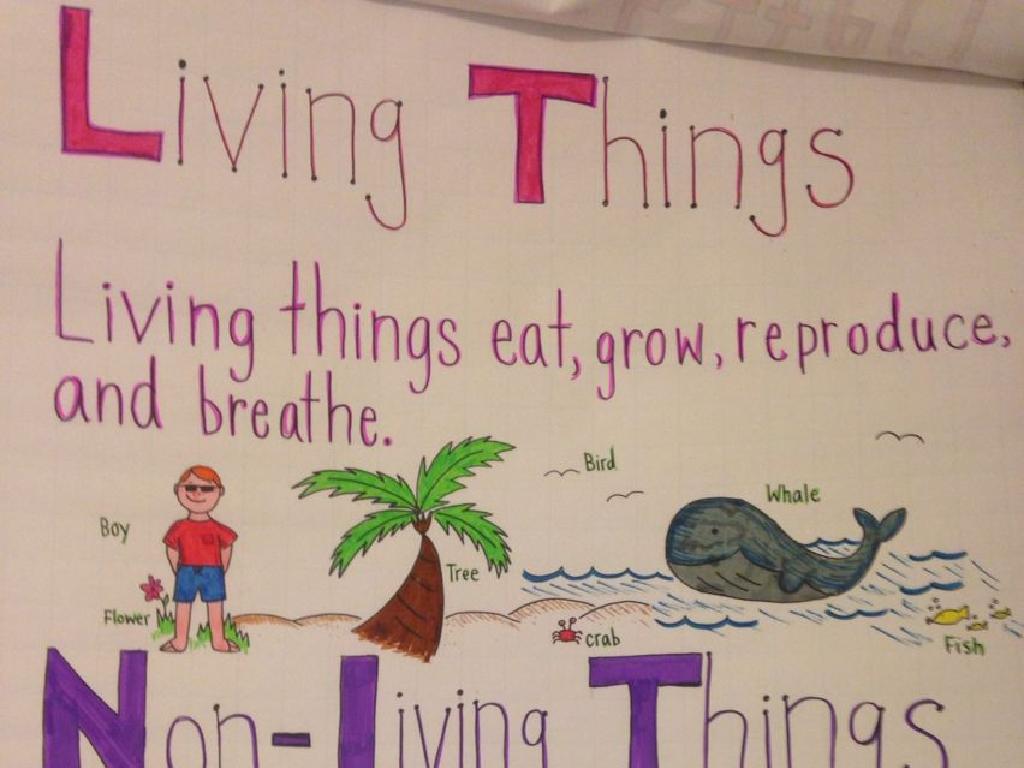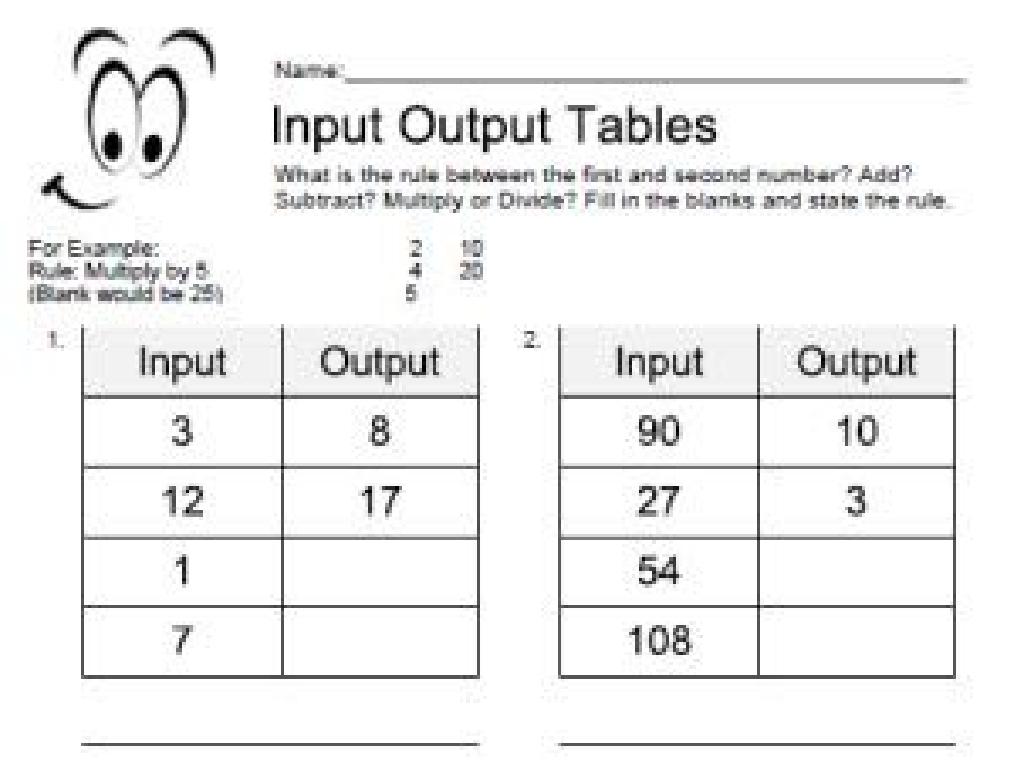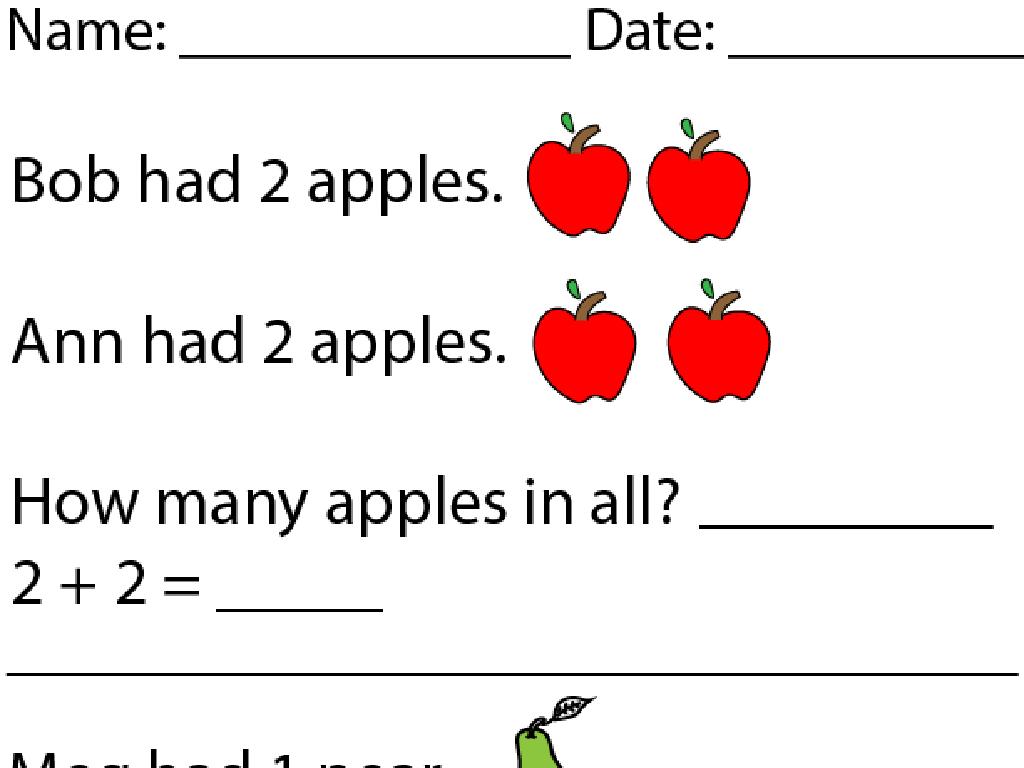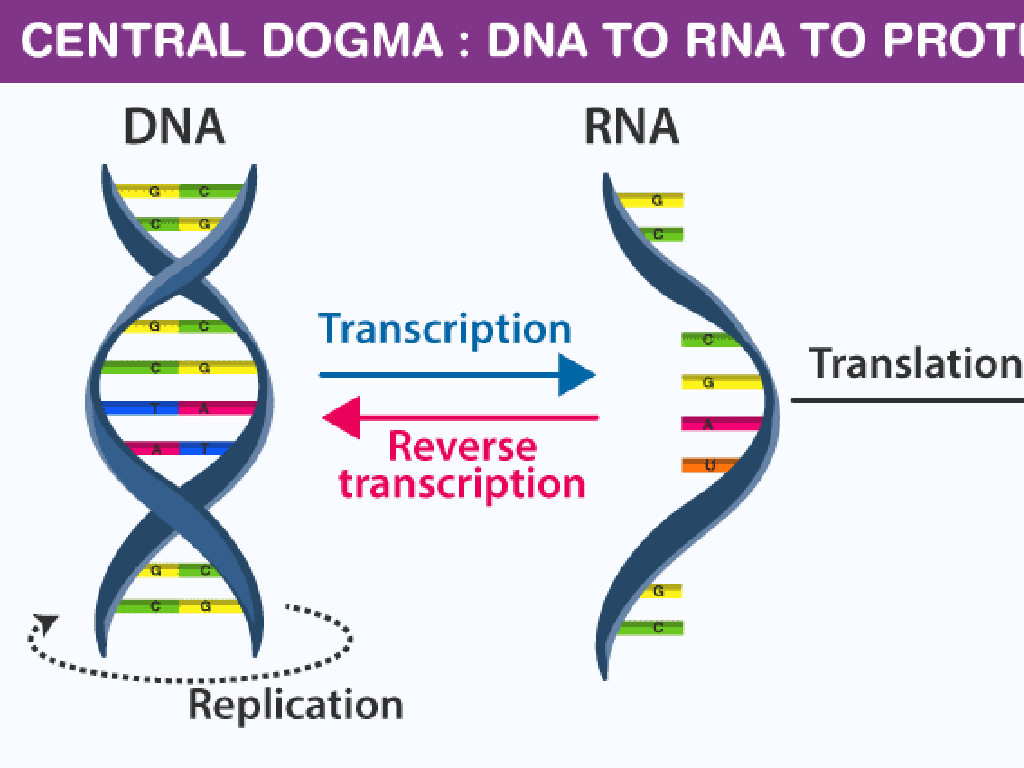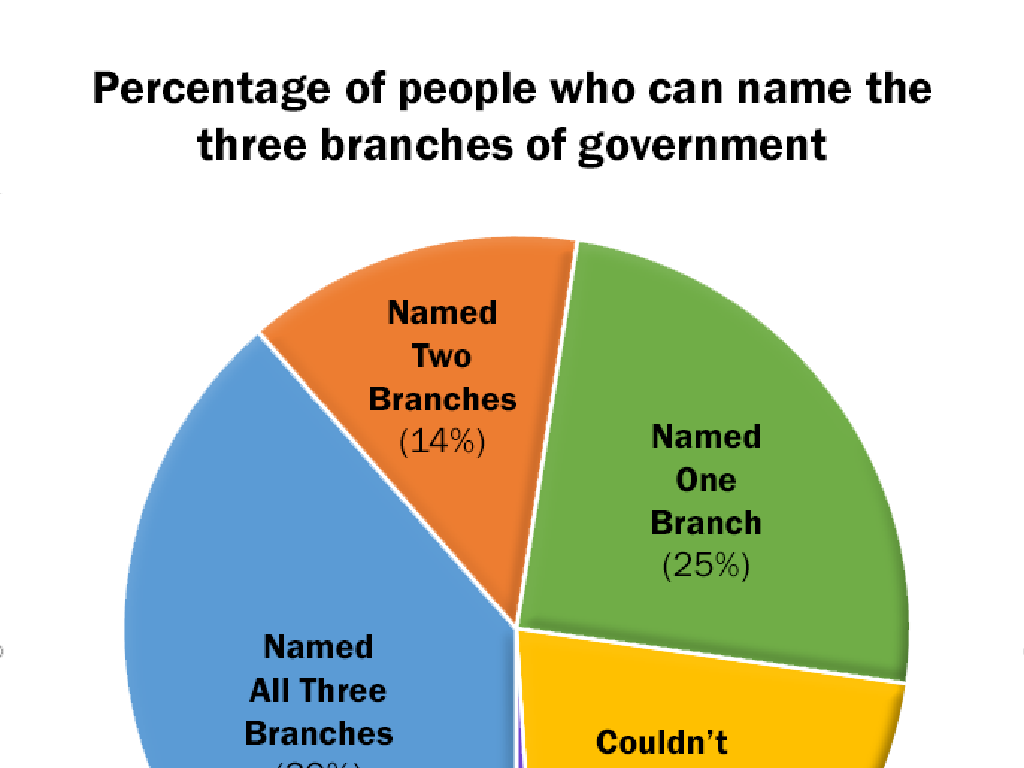Abbreviate Days Of The Week And Months Of The Year
Subject: Language arts
Grade: Fifth grade
Topic: Abbreviations
Please LOG IN to download the presentation. Access is available to registered users only.
View More Content
Abbreviations: Days & Months
– What are abbreviations?
– Shortened forms of words or phrases
– Why use abbreviations?
– Saves time & space in writing
– Abbreviating days of the week
– Sun., Mon., Tue., Wed., Thu., Fri., Sat.
– Abbreviating months of the year
– Jan., Feb., Mar., Apr., May, Jun., Jul., Aug., Sep., Oct., Nov., Dec.
|
Begin the lesson by explaining that abbreviations are shorter versions of words or phrases, which are commonly used in writing to save time and space. Discuss the importance of abbreviations in daily communication and how they make writing more efficient. For today’s lesson, focus on the abbreviations for the days of the week and months of the year, which are essential for students to learn. Provide examples for each day and month, and highlight that some months like May, June, and July are not abbreviated due to their short length. Encourage students to practice writing these abbreviations and to use them in their daily schoolwork.
Abbreviations: Days & Months
– What’s an abbreviation?
– A shorter form of a word or phrase
– Examples: Dr., Jan.
– Dr. means Doctor, Jan. means January
– Abbreviate days & months
– Mon. for Monday, Feb. for February
– Share your abbreviations!
|
This slide introduces the concept of abbreviations to the students, explaining that an abbreviation is a shortened form of a word or phrase. Provide examples like ‘Dr.’ for Doctor and ‘Jan.’ for January to illustrate the point. Then, guide the students to apply this concept to abbreviating days of the week and months of the year, such as ‘Mon.’ for Monday and ‘Feb.’ for February. Encourage the students to think of abbreviations they already know and use in their daily lives. The activity involves students sharing their own examples of abbreviations, fostering engagement and reinforcing their understanding of the concept.
Abbreviating Days of the Week
– 7 days in every week
– Remember, a week has exactly 7 days
– Abbreviate days to 3 letters
– Shorten each day’s name using the first 3 letters
– Example: Sunday to Sun.
– ‘Sunday’ is shortened to ‘Sun.’ Similarly, ‘Monday’ becomes ‘Mon.’
|
This slide introduces students to the concept of abbreviations, specifically how to abbreviate the days of the week. Emphasize that there are seven days in every week and each can be shortened to the first three letters to make it quicker and easier to write. Provide examples for each day and encourage students to practice writing these abbreviations themselves. Ask them to think of where they might see these abbreviations used in real life, such as in calendars or planners. This will help them understand the practical application of what they are learning.
Practice: Abbreviating Days of the Week
– Abbreviate Monday as Mon.
– Work with a partner on others
– Pair up and help each other with abbreviations
– Write abbreviations for all days
– Tues., Wed., Thurs., Fri., Sat., Sun.
– Share your answers with the class
– Discuss any differences and learn together
|
This slide is designed for a class activity focused on practicing the abbreviation of the days of the week. Start by showing students how to abbreviate ‘Monday’ as ‘Mon.’ Then, have them pair up with a partner to work on abbreviating the rest of the days. Encourage them to write down the abbreviations for Tuesday through Sunday. Once they have completed the task, ask the pairs to share their answers with the class to ensure everyone has the correct abbreviations. This activity will help reinforce their understanding of abbreviations and provide an opportunity for collaborative learning. Possible variations of the activity could include creating flashcards, a matching game, or even a quick quiz at the end to test their memory.
Abbreviating Months of the Year
– 12 months in a year
– Abbreviate to three letters
– Most months shorten to their first three letters
– Example: January to Jan.
– Jan. for January, Feb. for February, etc.
– Practice with all months
– Let’s write the abbreviations for each month together
|
This slide introduces students to the concept of abbreviating the months of the year. Emphasize that there are 12 months, and most of them can be shortened to the first three letters to create their abbreviations. Provide examples such as January becoming Jan. and February becoming Feb. Encourage students to practice writing out all the abbreviations for the months of the year. This will help them become familiar with common abbreviations used in writing dates and organizing schedules. Make sure to point out any exceptions to the three-letter rule, such as May, which is already three letters long.
Practice: Abbreviating Months
– Abbreviate February as Feb.
– Work with a partner on others
– Pair up and help each other
– Write abbreviations for all months
– Use the first three letters for most
– Share your answers with the class
– Discuss any tricky abbreviations
|
This slide is designed for a class activity where students practice abbreviating the months of the year. Begin by showing them how ‘February’ is abbreviated to ‘Feb.’ Then, instruct students to pair up and work together to abbreviate the remaining months. Remind them that most month abbreviations are the first three letters, but there are exceptions they should be aware of. Once they have completed the task, have each pair share their answers with the class to ensure understanding and correct any misconceptions. Encourage discussion about any months that were difficult to abbreviate and why. This activity will help reinforce the concept of abbreviations in a collaborative and engaging way.
Abbreviations: Exceptions to the Rule
– Some months aren’t abbreviated
– May, June, and July stay the same
These months are short, so they don’t need to be shorter!
– Not every rule has exceptions
– Abbreviations make writing efficient
Using abbreviations helps us write dates quickly and saves space.
|
This slide focuses on the exceptions to the general rules of abbreviating days and months. Highlight to the students that while most months can be abbreviated to save space and time in writing, May, June, and July are exceptions because they are already quite short. Emphasize the importance of understanding that not all grammatical rules have exceptions, which is a common misconception. Use this opportunity to reinforce the concept of abbreviations as a tool for efficiency in writing. Encourage students to think of other examples where abbreviations are commonly used and why they are helpful.
Class Activity: Craft Your Calendar!
– Create a calendar for next month
– Abbreviate days and months
– Use abbreviations like Mon, Tue, Wed, etc.
– Mark special dates fully
– Write out occasions like birthdays or holidays
– Share your calendar with the class
|
This activity is designed to help students practice abbreviating days of the week and months of the year while engaging in a creative task. Provide students with blank calendar templates and a list of abbreviations for reference. Encourage them to think about any special dates coming up, such as holidays, birthdays, or school events, and to mark these on their calendars with the full names. Once completed, students can present their calendars to the class, explaining their choice of important dates and how they used abbreviations. This will reinforce their understanding of abbreviations in a practical context. Possible variations of the activity could include creating digital calendars, collaborating in groups, or researching historical events to add to their calendars.
Review and Quiz Time: Abbreviations
– Review abbreviation rules
– Pop quiz on days & months
– Abbreviate each day and month as a test of your knowledge
– Write abbreviations correctly
– Remember, use the first three letters for most days and months
– Submit quiz at end of class
|
This slide is designed to recap the lesson on abbreviations and to test the students’ understanding with a pop quiz. Start by reviewing the rules for abbreviating days of the week and months of the year, emphasizing that most abbreviations are made using the first three letters. For the quiz, students should write down the abbreviations for all days and months. Remind them to double-check their spelling and to turn in their quizzes before leaving the classroom. This activity will help reinforce their learning and provide a clear assessment of their grasp of the topic. For the teacher: Prepare a simple quiz sheet with the full names of days and months listed, and spaces for students to write the abbreviations. Collect the quizzes at the end for assessment.
Abbreviations: Days & Months
– Congrats on learning abbreviations!
– Homework: Write a short story
– Include at least one abbreviated day and month
– Use abbreviations for days/months
– Remember, abbreviations like Mon. for Monday
– Share your story in class tomorrow
|
Students have learned how to abbreviate days of the week and months of the year. For homework, they are tasked with writing a creative short story that incorporates these abbreviations. This will help reinforce their understanding and give them practical writing experience. Remind them to use periods after abbreviations and to be prepared to share their stories with the class the following day. This activity will not only assess their grasp of the lesson but also encourage their creativity and public speaking skills.

